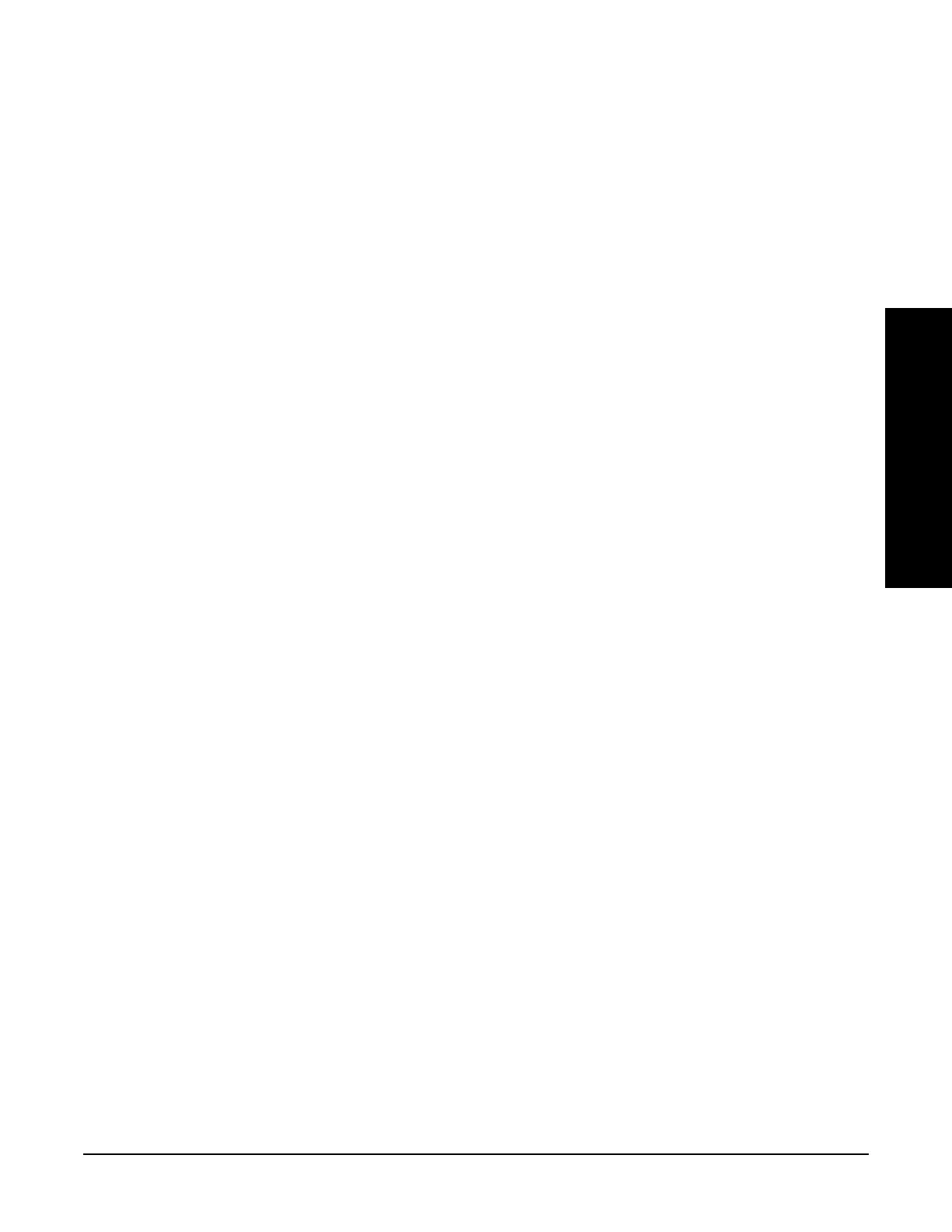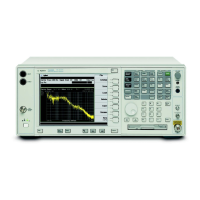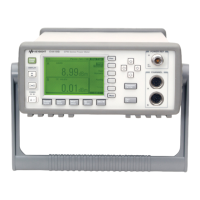Chapter 4
Front-Panel Key and SCPI Command Reference
Measurement keys
273
Front-Panel Key and SCPI Command
Reference
4.4.14.2.2 Track Setup
The Tuned RF Level with Tracking measurement is used when measuring signal sources with frequency instability or drift
that exceeds the capability of the standard Tuned RF Level measurement.
4.4.14.2.2.1 Track Range
Allows you to define the frequency span over which the TRFL with Tracking measurement is made. Choose a Tracking
range that is approximately twice the maximum signal deviation.
4.4.14.2.2.2 Integration BW
Allows you to set the integration bandwidth of the measurement. The integration bandwidth is chosen based on either
known signal characteristics, or by first viewing the signal in Spectrum Analysis mode and then choosing an appropriate
integration bandwidth.
4.4.14.2.3 Range Switching
Two kinds of range switching are supported. One is Manual ranging which is similar to what 8902A does. For
example, when you use 0dBm and –60 dBm signal to calibrate measuring receiver, while the signal is near 0
dBm and –60 dBm, recal status is displayed, then TRFL Calibrate key should be pressed. In Auto mode, the
TRFL Calibrate key is grayed out, and the range switching can be made automatically depending on SNR.
Example: :TTRF:AVER:ACC HIGH
:TTRF:AVER:ACC?
Key Path:
Meas Setup
Remote Command: [:SENSe]:TTRFlevel:SPAN <freq>
[:SENSe]:TTRFlevel:SPAN?
Preset: 200 kHz
State Saved: Saved in instrument state.
Range: Integ BW to 3 MHz
Example: :TTRF:SPAN 200kHz
:TRFL:SPAN?
Key Path:
Meas Setup
Remote Command: [:SENSe]:TTRFlevel:IBW <freq>
Preset: 10 kHz
State Saved: Saved in instrument state.
Range: Track Range /50 to Track Range
Coupling The maximum value is determined by the Track Range. The minimum
value is determined by the Track Range divided by 50. which is the RBW
used in the measurement.
Example: :TTRF:IBW 10kHz

